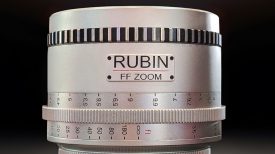Blackmagic Design have announced the Video Assist 12G in two sizes: 7” and 5”. The new monitors have an all-metal design with a brighter 2,500 nit screen than the previous Video Assist models. Both models are touchscreens and run Blackmagic’s BMD OS.
There are also a number of improvements to the features and functionality that should make these a worthwhile upgrade to the company’s previous Video Assist models.
Improved screen
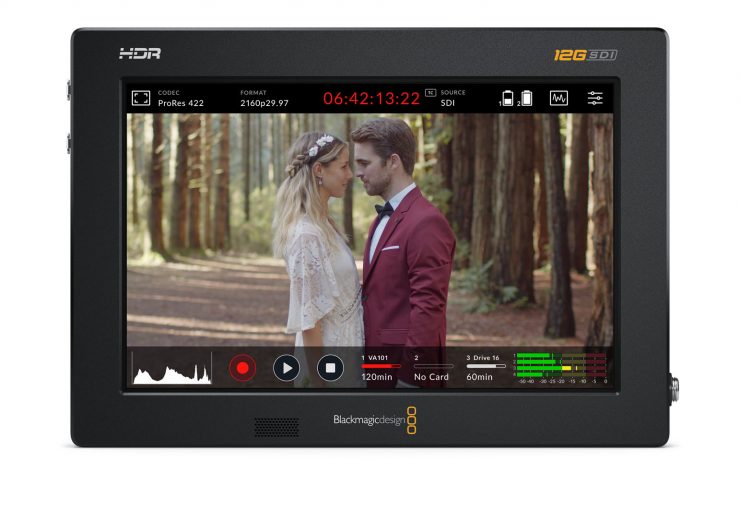
The Video Assist 12G screen now offers a claimed 2,500 nits of brightness and uses the P3 wide color gamut. This should make them more usable than the previous models in bright environments, and also better for HDR workflows.
Included tools
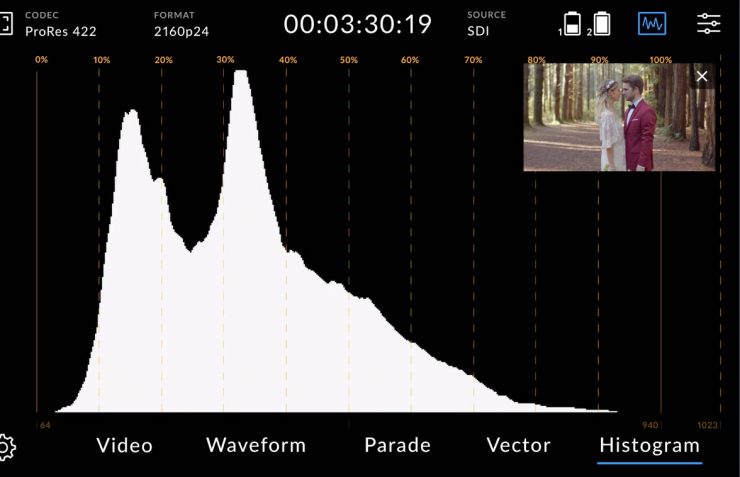
The Video Assist 12G features waveform, RGB parade, vector, and histogram tools – especially useful for mirrorless cameras that don’t necessarily have them built in. There’s also a useful picture-in-picture feature that lets you preview what you’re shooting at the same time as viewing the tools onscreen.
LUTs can also be applied: either temporarily for monitoring only, or they can be burned into files when capturing Blackmagic RAW. There are several built in to the Video Assist 12G, or you can import your own custom 3D LUT files.
Recording formats and Blackmagic RAW support
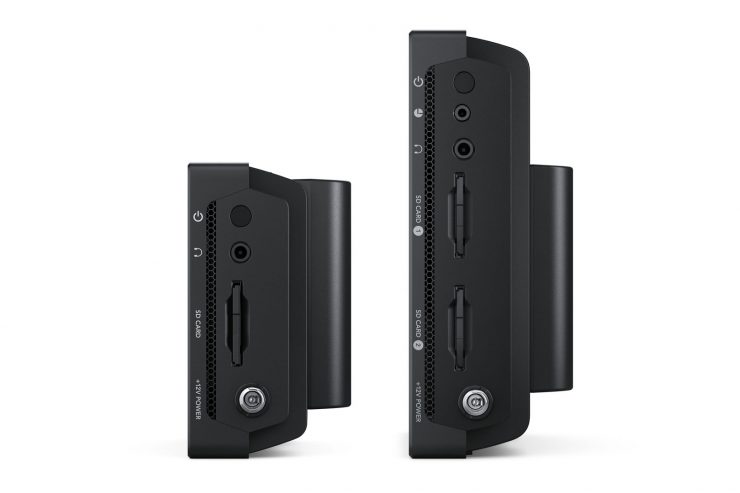
The monitors record to either single (5”) or dual hot-swappable (7”) SD card slots in a variety of 10-bit 4:2:2 ProRes or DNx formats, at framerates of up to 2160p60. Blackmagic’s own BRAW codec is also supported from the Panasonic EVA1 and Canon C300 MkII cameras.
Media Options
As well as the SD cards, it’s also possible to record direct to a USB SSD drive like the Samsung T5 over a USB-C connector. If you have a USB splitter it’s even possible to lay off two recordings simultaneously through the USB port – and if you disconnect the drive, the Video Assist will automatically start using the internal SD cards instead. You might want to break out the velcro though, as there’s no mounting hardware included.
I/O
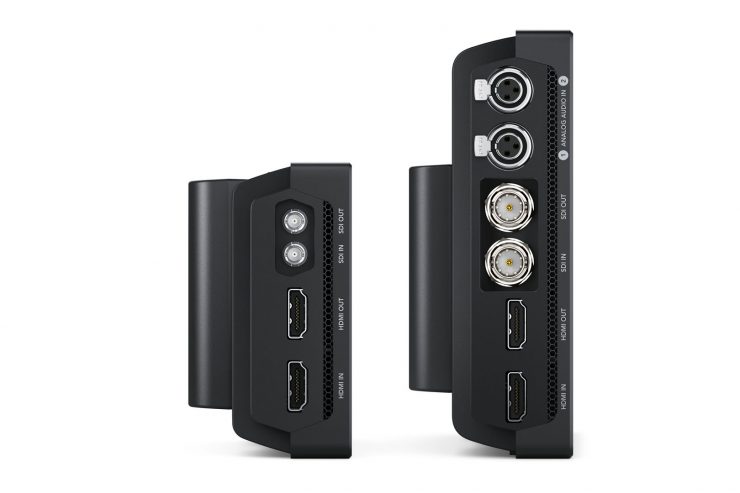
Both models feature full-size HDMI 2.0a in and out. SDI in and out is also standard, but on the 5” model the connectors are micro-BNC. They’re full size on the 7” version. The 7” model also features dual mini-XLRs for analogue audio input, and a lanc port. Both models have a 3.5mm socket for headphones and a tally light on top of the casing.
Power
For power the the Video Assist 12G now uses the Sony L-type batteries for longer runtimes over the previous models, which used Canon LP-E6 batteries. There are two hot-swappable slots and the monitor will drain the least-charged battery first to maximise runtime.
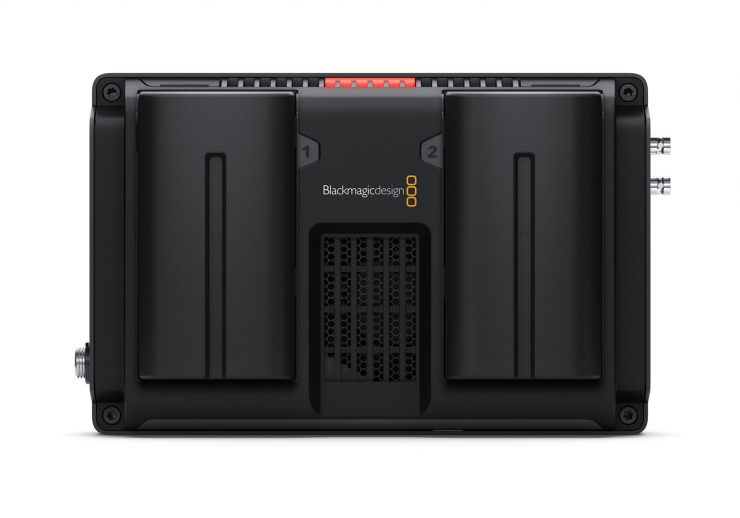
There’s also a mains adapter with a locking connector in the box. Both models also have a cooling fan – we don’t know how loud it is at the moment but hopefully it won’t be too noisy even with all those pixels flying around.
Mounting options
The top and bottom of each unit feature three 1/4”-20 sockets for mounting to magic arms – it looks like it might also be possible to attach third party cages nice and securely via these connections.
Price and Availability
The Video Assist 12G 7” will retail for $995 US and the 5” model will sell for $795 US. Both will be available in October.
Like what we do and want to support Newsshooter? Consider becoming a Patreon supporter and help us to continue being the best source of news and reviews for professional tools for the independent filmmaker.





